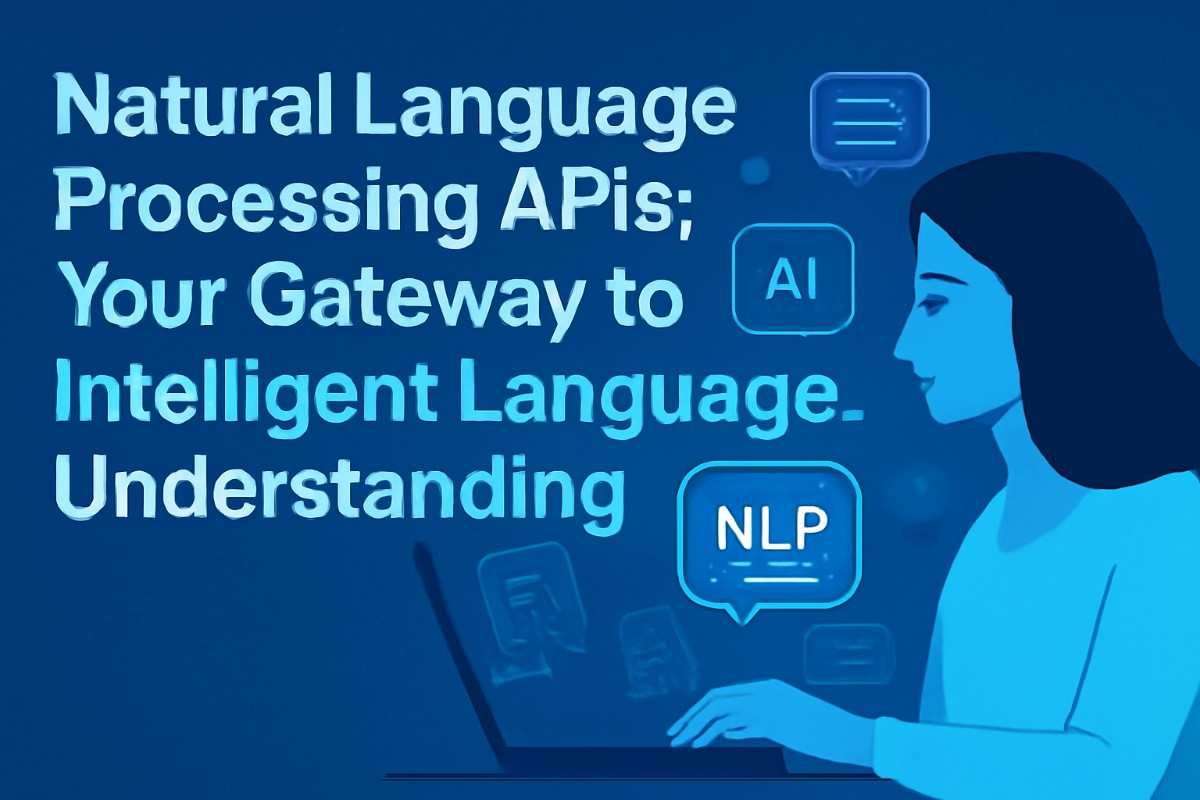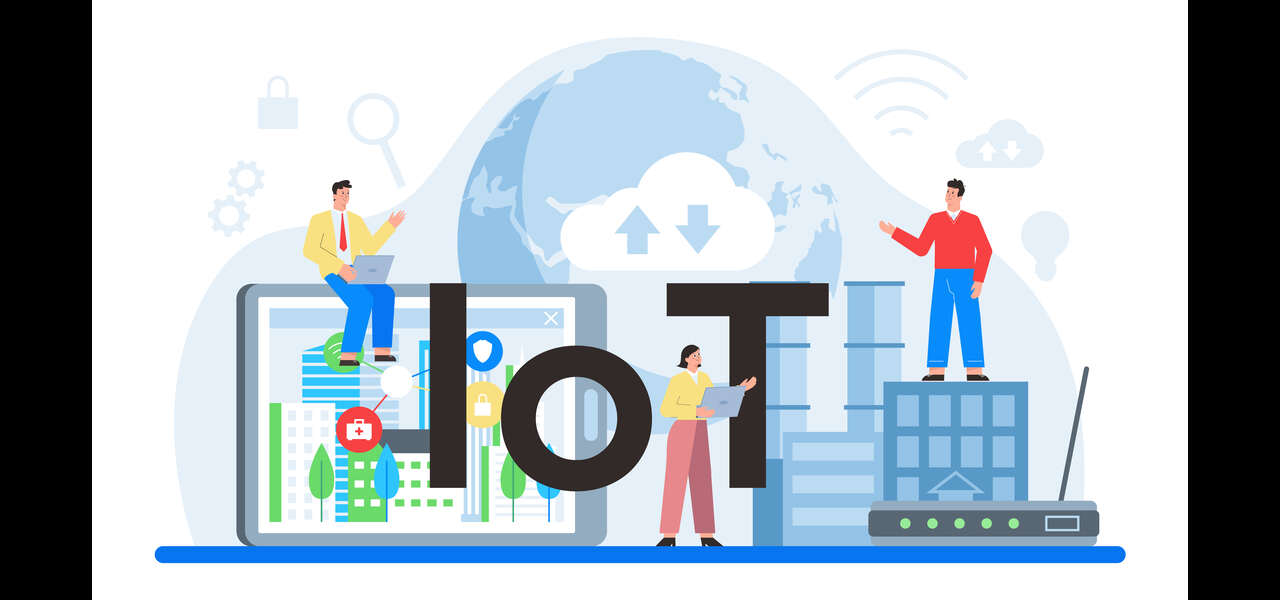Have you ever wondered how chatbots understand your questions so well, or how translation apps can instantly convert text between languages? The answer lies in Natural Language Processing APIs – powerful tools that are revolutionizing how we interact with technology.
In today’s digital landscape, businesses are increasingly relying on these sophisticated interfaces to bridge the gap between human communication and machine understanding. Whether you’re a developer looking to integrate smart features into your application or a business owner seeking to automate customer interactions, understanding NLP APIs is crucial for staying competitive.
Understanding Natural Language Processing APIs
Natural Language Processing APIs are cloud-based services that enable applications to understand, interpret, and generate human language. Think of them as translators that convert the complexity of human speech into data that computers can process and respond to intelligently.
These APIs work by leveraging advanced machine learning models trained on vast datasets of text and speech. When you send a request to an NLP API, it analyzes the input using sophisticated algorithms that can identify patterns, extract meaning, and provide structured responses.
The beauty of NLP APIs lies in their accessibility. Instead of building complex language models from scratch – which would require extensive expertise and computational resources – developers can simply make API calls to access state-of-the-art language processing capabilities. This democratization of AI technology has opened doors for businesses of all sizes to implement intelligent language features.
Key Features and Capabilities
Modern NLP APIs offer a comprehensive suite of language processing features that can transform how your applications handle text and speech data.
Sentiment analysis stands out as one of the most popular capabilities. These APIs can determine whether a piece of text expresses positive, negative, or neutral sentiment. Imagine analyzing thousands of customer reviews automatically to gauge public opinion about your product – that’s the power of sentiment analysis in action.
Entity recognition helps identify and classify key information within text. Whether it’s recognizing names, locations, organizations, or dates, this feature enables applications to extract structured data from unstructured text sources. For instance, a news aggregation app could automatically tag articles based on the people and places mentioned.
Language translation capabilities have become increasingly sophisticated, supporting real-time translation between dozens of languages. These APIs don’t just translate word-for-word; they understand context and cultural nuances to provide more accurate translations.
Text summarization features can condense lengthy documents into concise summaries, making them invaluable for content management systems and research applications. Meanwhile, keyword extraction helps identify the most important terms and phrases within text, supporting SEO optimization and content categorization efforts.
Popular NLP API Providers
Enterprise Solutions
Google Cloud Natural Language API offers robust text analysis capabilities with strong integration into the Google ecosystem. Its strength lies in entity recognition and sentiment analysis, making it particularly effective for businesses already using Google services.
Amazon Comprehend provides comprehensive text analysis within the AWS infrastructure. It excels at custom entity recognition and offers excellent scalability for enterprise applications. The service integrates seamlessly with other AWS services, making it attractive for businesses already invested in the Amazon ecosystem.
Microsoft Azure Cognitive Services delivers a full suite of AI capabilities, including powerful language understanding features. Its strength lies in conversational AI and speech services, making it ideal for applications requiring voice interaction.
Specialized Providers
OpenAI API has gained significant attention for its advanced language generation capabilities. It’s particularly strong in creative text generation, code completion, and complex reasoning tasks.
IBM Watson Language Translator focuses specifically on translation services, offering industry-specific models and the ability to create custom translation systems for specialized domains.
Hugging Face Transformers provides access to numerous pre-trained models and offers flexibility for developers who want more control over their NLP implementations.
Implementation Strategies
Getting Started with API Integration
Implementing NLP APIs doesn’t have to be overwhelming. Most providers offer comprehensive documentation and SDKs for popular programming languages, making integration straightforward even for developers new to machine learning.
The typical process begins with obtaining API credentials and setting up authentication. Most services use API keys or OAuth tokens to secure access. Once authenticated, you can start making requests to various endpoints, each designed for specific NLP tasks.
When structuring your API calls, consider implementing proper error handling and retry logic. Network issues or rate limiting can cause requests to fail, so robust error handling ensures your application remains stable under various conditions.
Common Use Cases
Customer service automation represents one of the most impactful applications of NLP APIs. By analyzing customer inquiries, these systems can automatically route tickets to appropriate departments, suggest relevant help articles, or even generate initial responses for human agents to review.
Content analysis and moderation help platforms maintain quality and safety standards. NLP APIs can automatically detect inappropriate content, spam, or policy violations, significantly reducing the manual effort required for content moderation.
Real-time language translation breaks down communication barriers in global applications. Whether it’s translating user-generated content or enabling cross-language customer support, translation APIs make international expansion more feasible.
Performance Optimization
Optimizing NLP API performance involves balancing accuracy, speed, and cost considerations. Rate limiting is crucial – most providers impose limits on requests per second or per month. Implementing intelligent caching can reduce API calls by storing and reusing results for similar queries.
Batch processing can significantly improve efficiency when dealing with large volumes of text. Instead of making individual API calls for each piece of content, batching requests reduces overhead and often provides cost savings.
Consider implementing fallback mechanisms for critical applications. If your primary NLP service experiences downtime or performance issues, having a secondary provider ensures continuity of service.
Security and Privacy Considerations
When working with NLP APIs, data security should be a top priority. Most reputable providers offer encryption in transit and at rest, but you should also implement additional security measures on your end.
Data minimization principles suggest sending only necessary information to external APIs. Consider preprocessing text to remove sensitive information before API calls, and implement proper data retention policies.
Compliance with regulations like GDPR or CCPA may require specific handling of personal data. Some providers offer data residency options or enhanced privacy controls for regulated industries.
Future Trends and Developments
The NLP API landscape continues evolving rapidly. Multimodal capabilities are emerging, allowing APIs to process text, images, and audio simultaneously for richer understanding.
Specialized domain models are becoming more common, with providers offering APIs trained specifically for industries like healthcare, finance, or legal services. These specialized models often provide better accuracy for domain-specific tasks.
Edge computing integration is another emerging trend, with some providers offering lightweight models that can run locally, reducing latency and improving privacy.
Conclusion
Natural Language Processing APIs have democratized access to sophisticated language understanding capabilities, enabling businesses of all sizes to implement intelligent features that were once the domain of tech giants. From sentiment analysis to real-time translation, these tools offer powerful ways to enhance user experiences and automate complex tasks.
The key to success lies in understanding your specific needs, choosing the right provider, and implementing robust, secure integration practices. As the technology continues advancing, staying informed about new capabilities and best practices will help you maximize the value of these powerful tools.
Whether you’re building a customer service chatbot, analyzing social media sentiment, or creating a multilingual application, NLP APIs provide the foundation for intelligent language processing that can transform how your users interact with technology.
FAQs
Q: How much do NLP APIs typically cost? A: Pricing varies significantly between providers and usage patterns. Most use a pay-per-request model, with costs ranging from $0.001 to $0.01 per request depending on the complexity of the task. Many providers offer free tiers for small-scale testing and development.
Q: Can I use multiple NLP API providers simultaneously? A: Yes, using multiple providers can provide redundancy and allow you to leverage the strengths of different services. However, this approach requires careful management of API keys, error handling, and potentially different data formats between providers.
Q: How accurate are NLP APIs for specialized domains? A: Accuracy varies by domain and provider. General-purpose APIs typically perform well on common topics but may struggle with highly specialized terminology. Some providers offer domain-specific models or custom training options for better accuracy in specialized fields.
Q: What happens to my data when I use NLP APIs? A: Data handling policies vary by provider. Most reputable services don’t use customer data for training their models, but you should review each provider’s privacy policy carefully. Some offer enhanced privacy options or data residency controls for sensitive applications.
Q: How do I handle API rate limits in production applications? A: Implement proper rate limiting on your end, use exponential backoff for retries, consider caching responses for similar queries, and monitor your usage patterns. Many providers offer higher rate limits for paid plans or enterprise customers.




